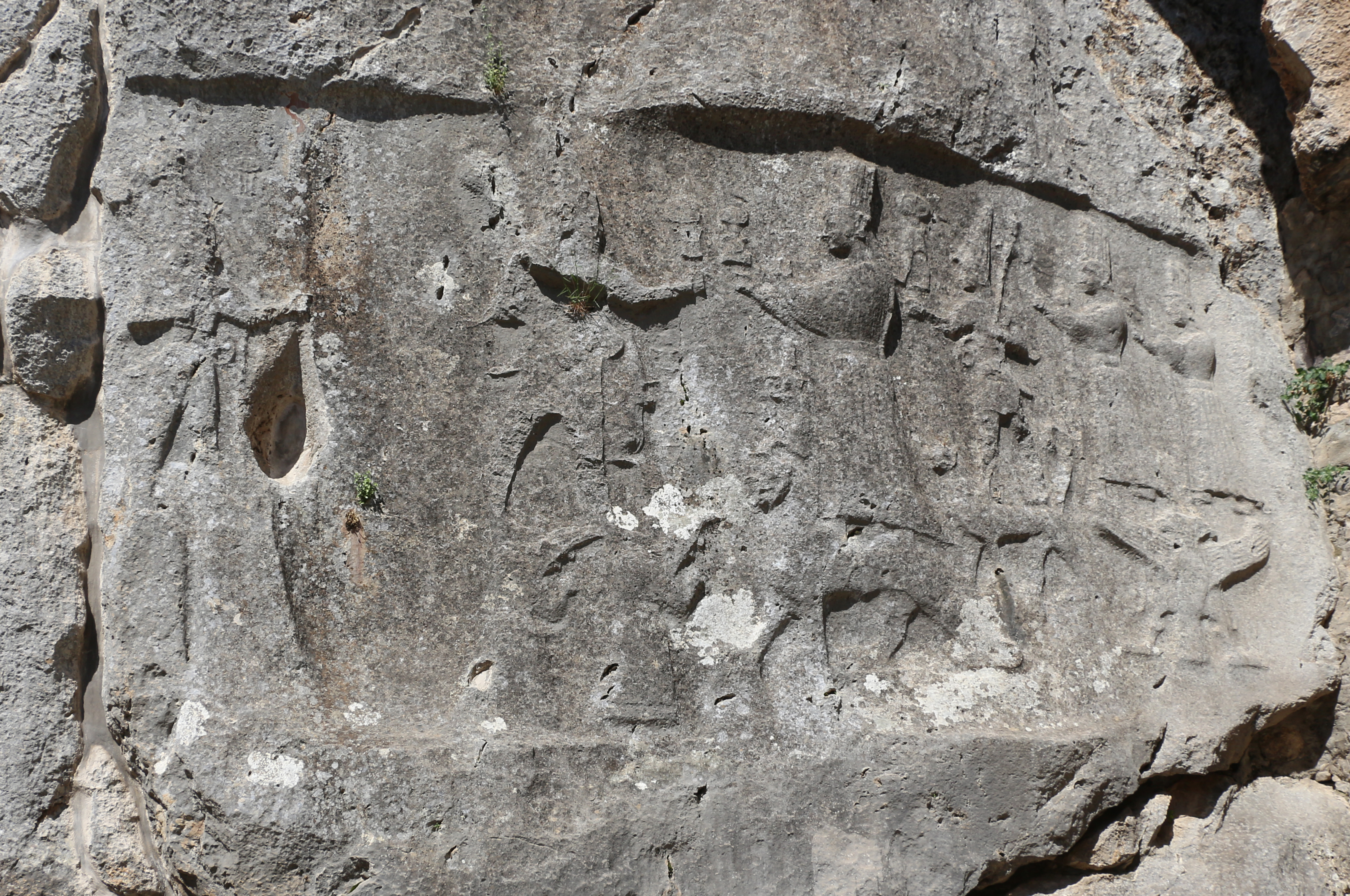List Of Hurrian Deities on:
[Wikipedia]
[Google]
[Amazon]
 The Hurrian pantheon consisted of gods of varied backgrounds, some of them natively
The Hurrian pantheon consisted of gods of varied backgrounds, some of them natively
 The Hurrian pantheon consisted of gods of varied backgrounds, some of them natively
The Hurrian pantheon consisted of gods of varied backgrounds, some of them natively Hurrian
The Hurrians (; cuneiform: ; transliteration: ''Ḫu-ur-ri''; also called Hari, Khurrites, Hourri, Churri, Hurri or Hurriter) were a people of the Bronze Age Near East. They spoke a Hurrian language and lived in Anatolia, Syria and Northern ...
, while others adopted from other pantheons, for example Eblaite
Eblaite (, also known as Eblan ISO 639-3), or Palaeo-Syrian, is an extinct East Semitic language used during the 3rd millennium BC by the populations of Northern Syria. It was named after the ancient city of Ebla, in modern western Syria. Varian ...
and Mesopotamian
Mesopotamia ''Mesopotamíā''; ar, بِلَاد ٱلرَّافِدَيْن or ; syc, ܐܪܡ ܢܗܪ̈ܝܢ, or , ) is a historical region of Western Asia situated within the Tigris–Euphrates river system, in the northern part of the F ...
. Like the other inhabitants of the Ancient Near East
The ancient Near East was the home of early civilizations within a region roughly corresponding to the modern Middle East: Mesopotamia (modern Iraq, southeast Turkey, southwest Iran and northeastern Syria), ancient Egypt, ancient Iran ( Elam, ...
, Hurrians regarded their gods as anthropomorphic. They were usually represented in the form of statues holding the symbols associated with a specific deity. The Yazılıkaya
:''Yazılıkaya, Eskişehir, also called Midas City, is a village with Phrygian ruins.''
Yazılıkaya ( tr, Inscribed rock) was a sanctuary of Hattusa, the capital city of the Hittite Empire, today in the Çorum Province, Turkey. Rock reliefs are ...
sanctuary, which was Hittite in origin but served as a center of the practice of Hurrian religion
The Hurrian religion was the polytheistic religion of the Hurrians, a Bronze Age people of the Near East who chiefly inhabited the north of the Fertile Crescent. While the oldest evidence goes back to the third millennium BCE, is best attested in ...
, is considered a valuable source of information about their iconography.
Hurrians organized their gods into lists known as ''kaluti'' or into similar lexical lists
The cuneiform lexical lists are a series of ancient Mesopotamian glossaries which preserve the semantics of Sumerograms, their phonetic value and their Akkadian or other language equivalents. They are the oldest literary texts from Mesopotamia a ...
as the Mesopotamians. The formal structure of the pantheon was most likely based on either Mesopotamian or Syrian theology. The status of individual deities and composition of the pantheon could vary between individual locations, but some can nonetheless be identified as "pan-Hurrian."
The following list does not include deities only attested in the two Hurrian god lists whose names are transcriptions of Mesopotamian divine names, as it is unlikely that they were actively worshiped. Identification of the Yazılıkaya reliefs used in the image column follows Piotr Taracha's analysis from the monograph ''Religions of Second Millennium Anatolia''.
Major deities
Minor or local deities
Primordial beings and mythical antagonists
Deities assumed to have Hurrian origin
References
Bibliography
* * * * * * * * * * * * * * * * * * * * * * * * * * * * * * * * * * * * * * * * * * * * * * * * * * * * * * * * * * * * * * * * * * * * * * * * * * * * * * * * * * * * * * * * * * * * * * * * * * * * * * * * * * * * {{List of mythological figures by region * Hurrian mythology Lists of deities Mythology-related lists